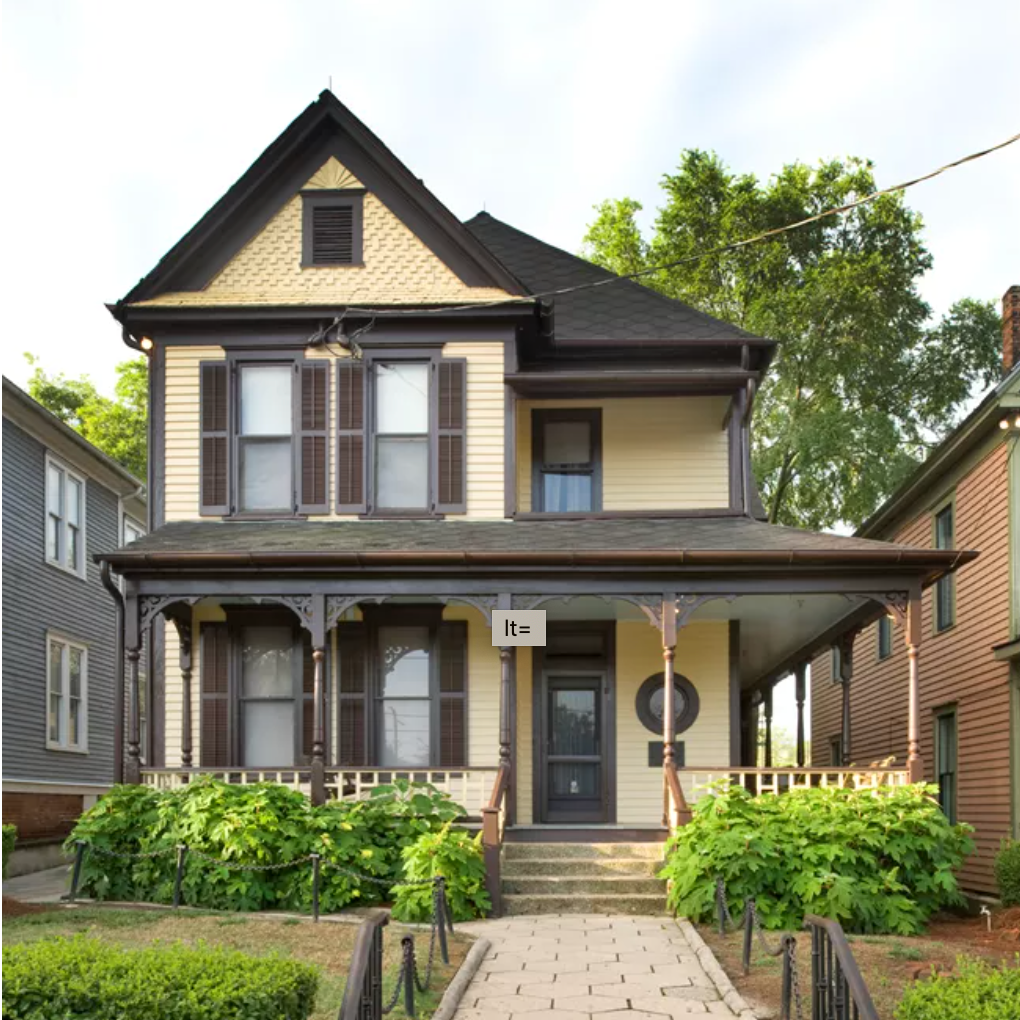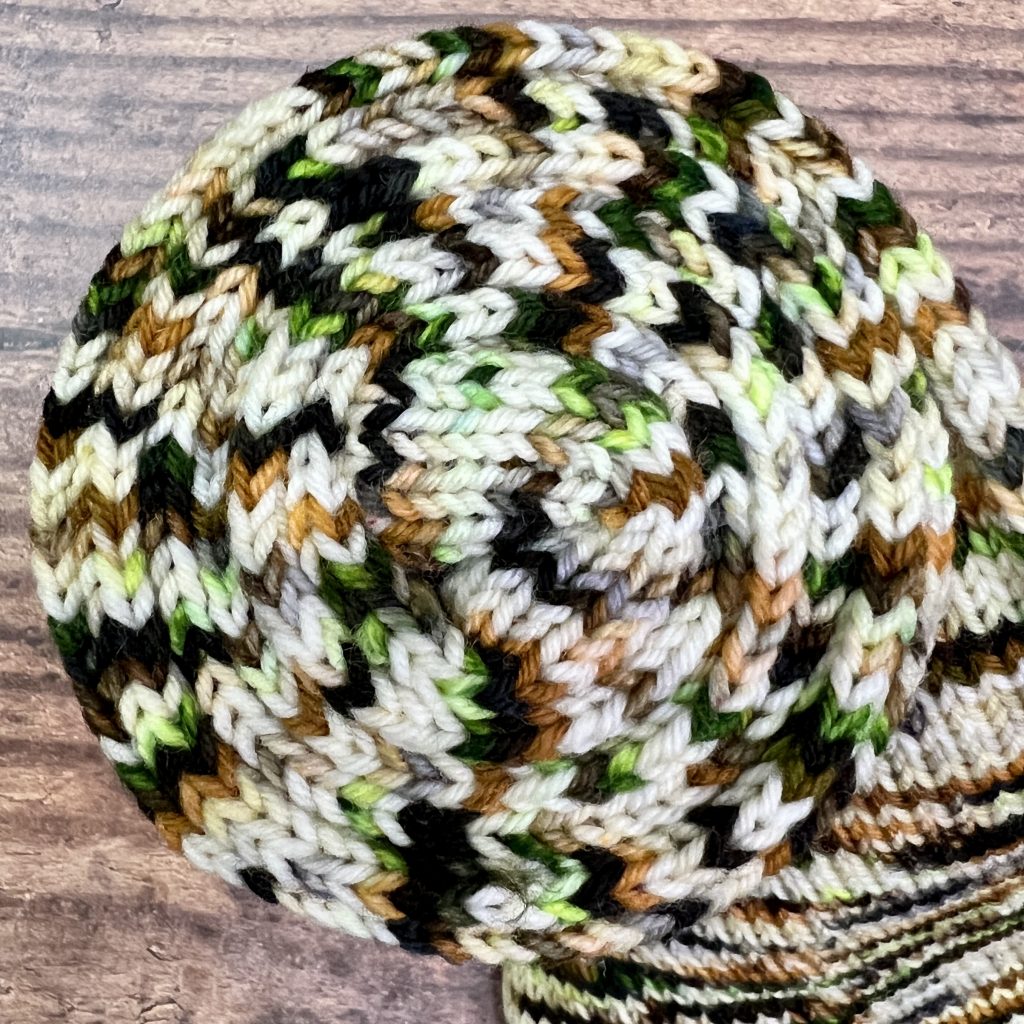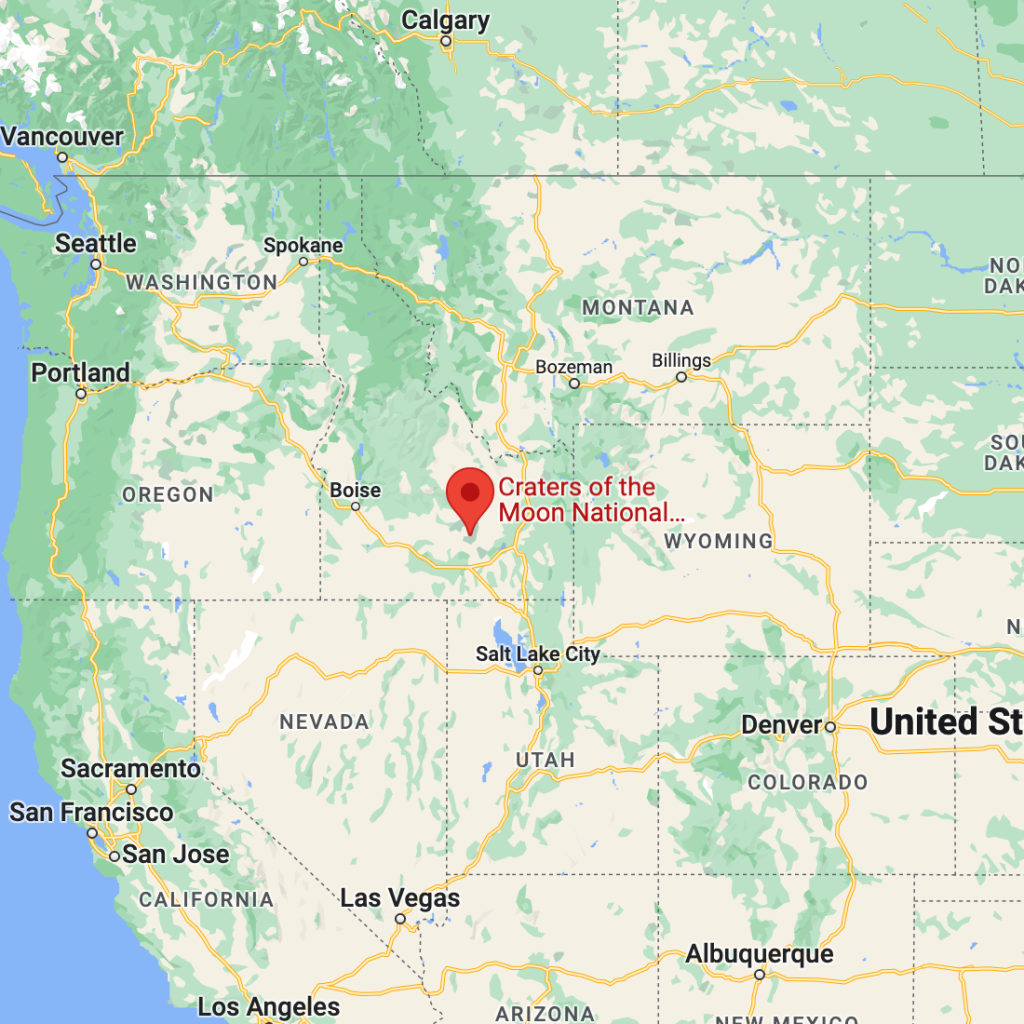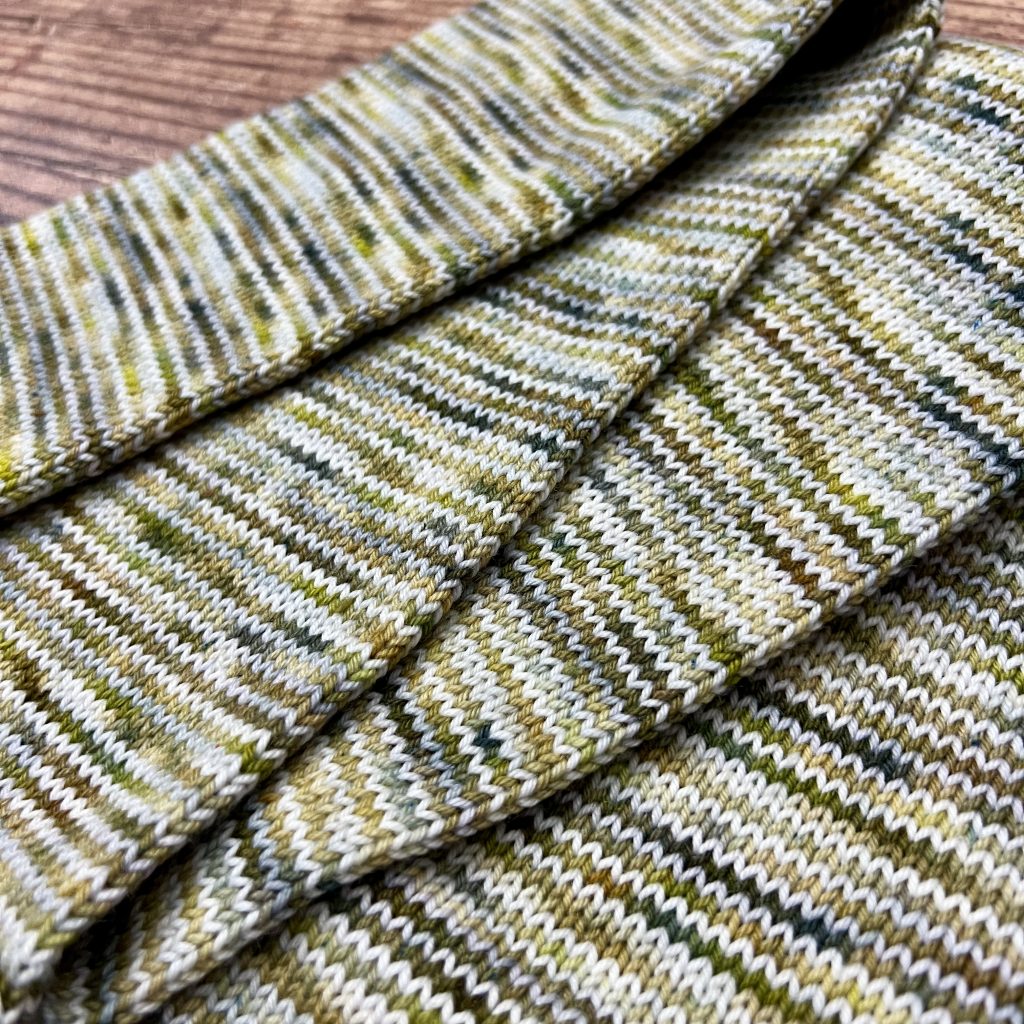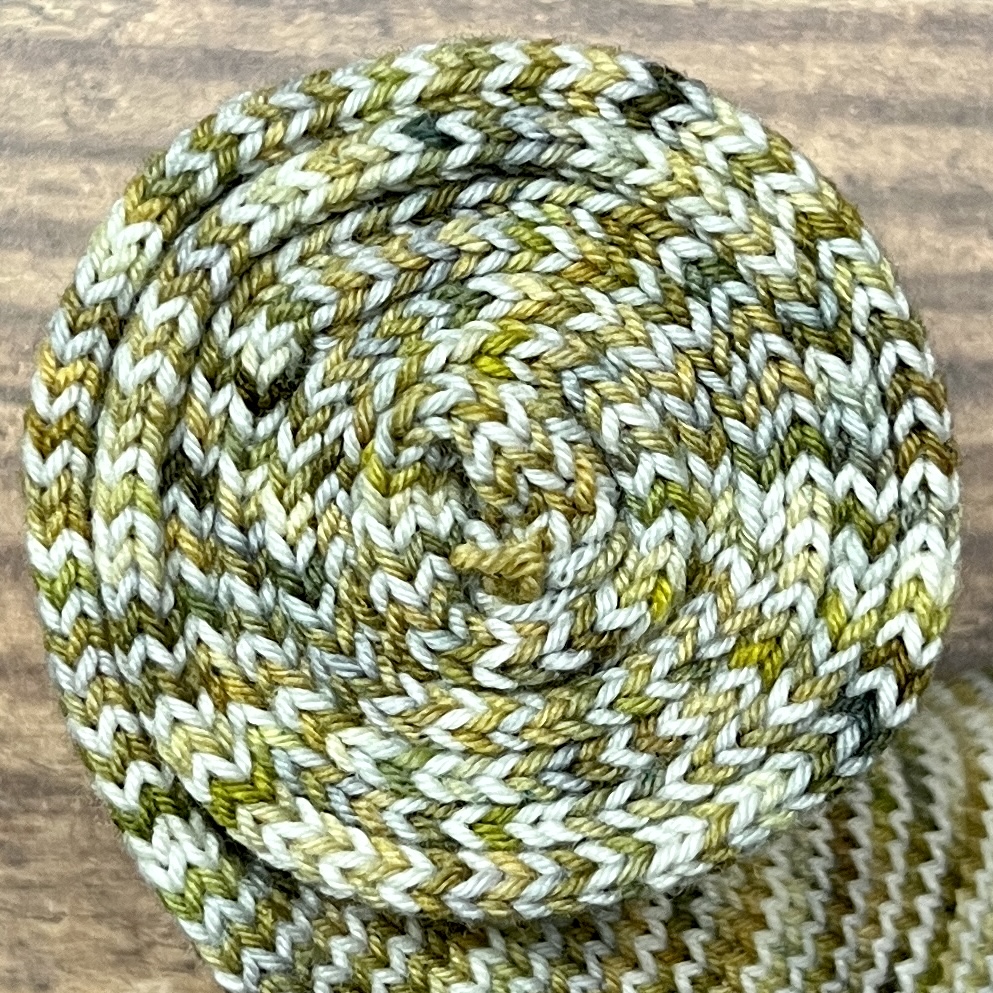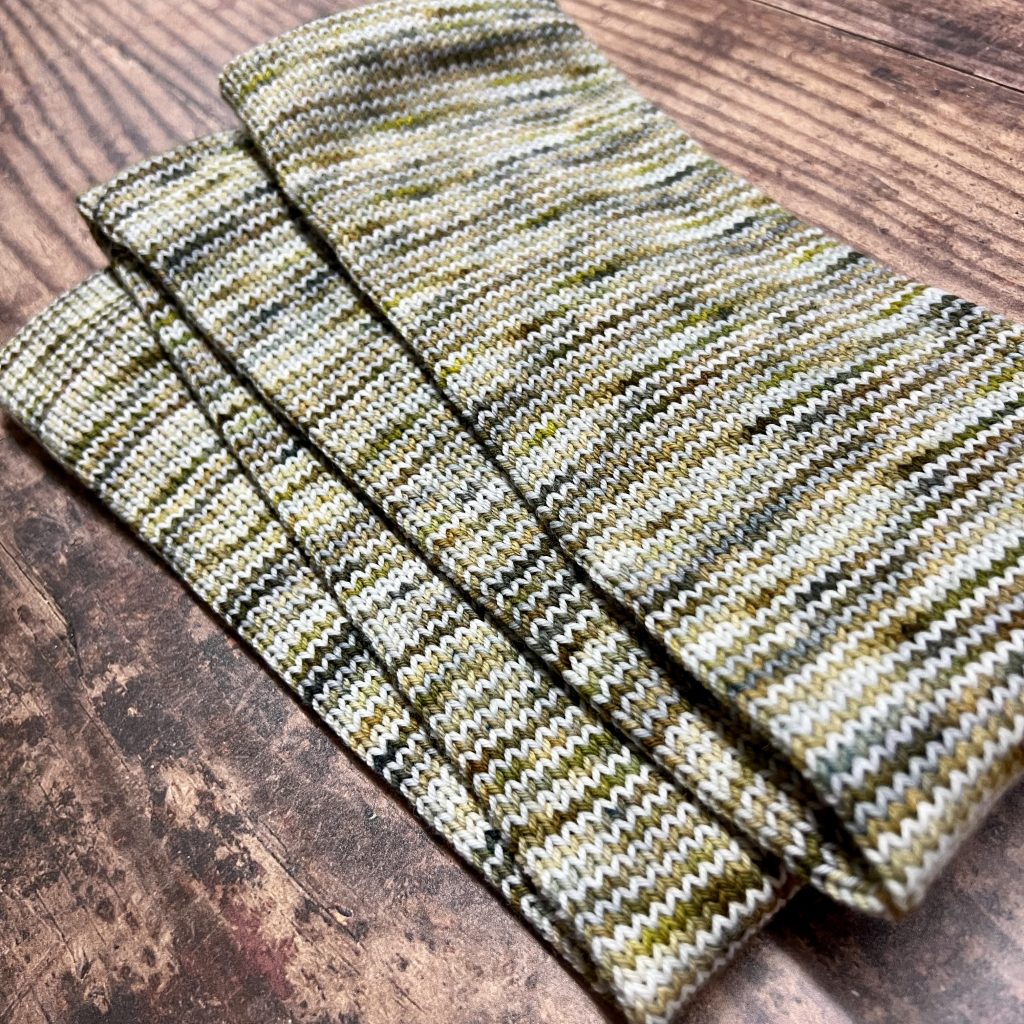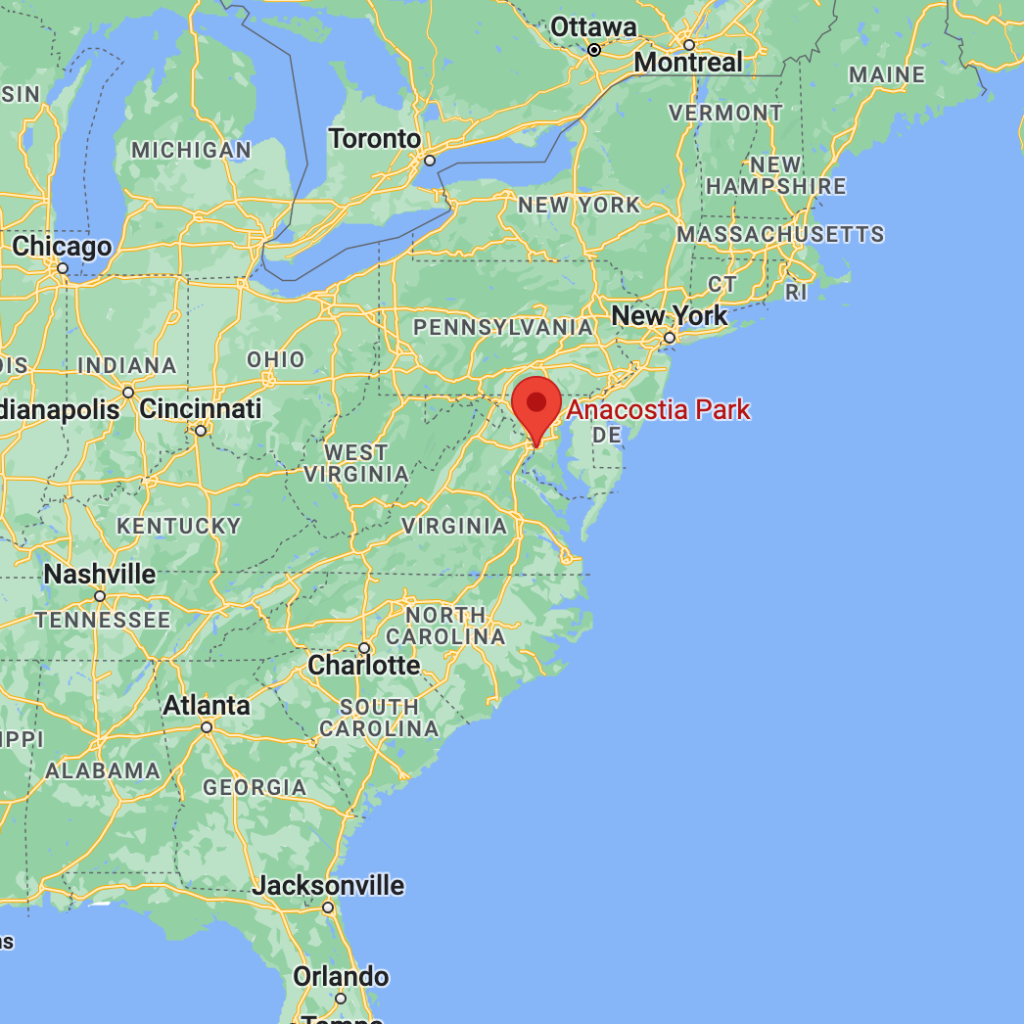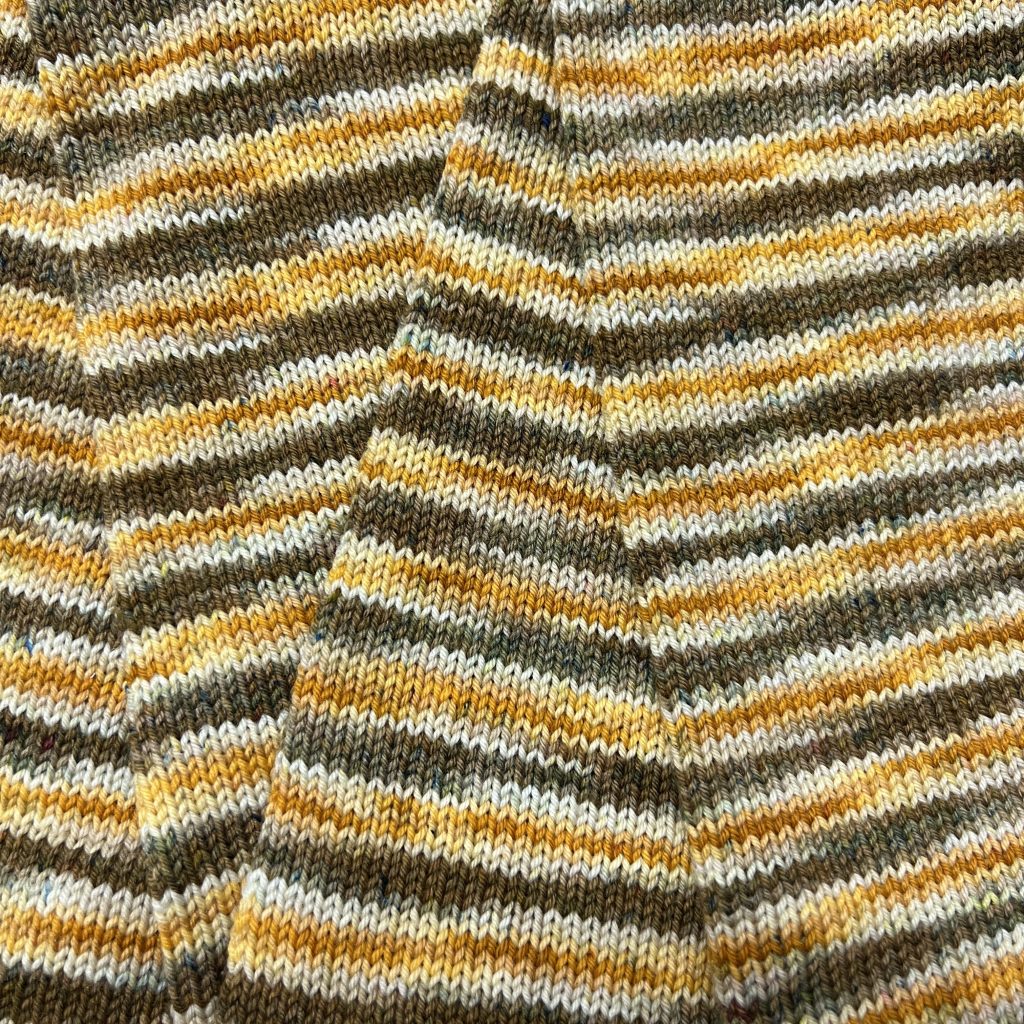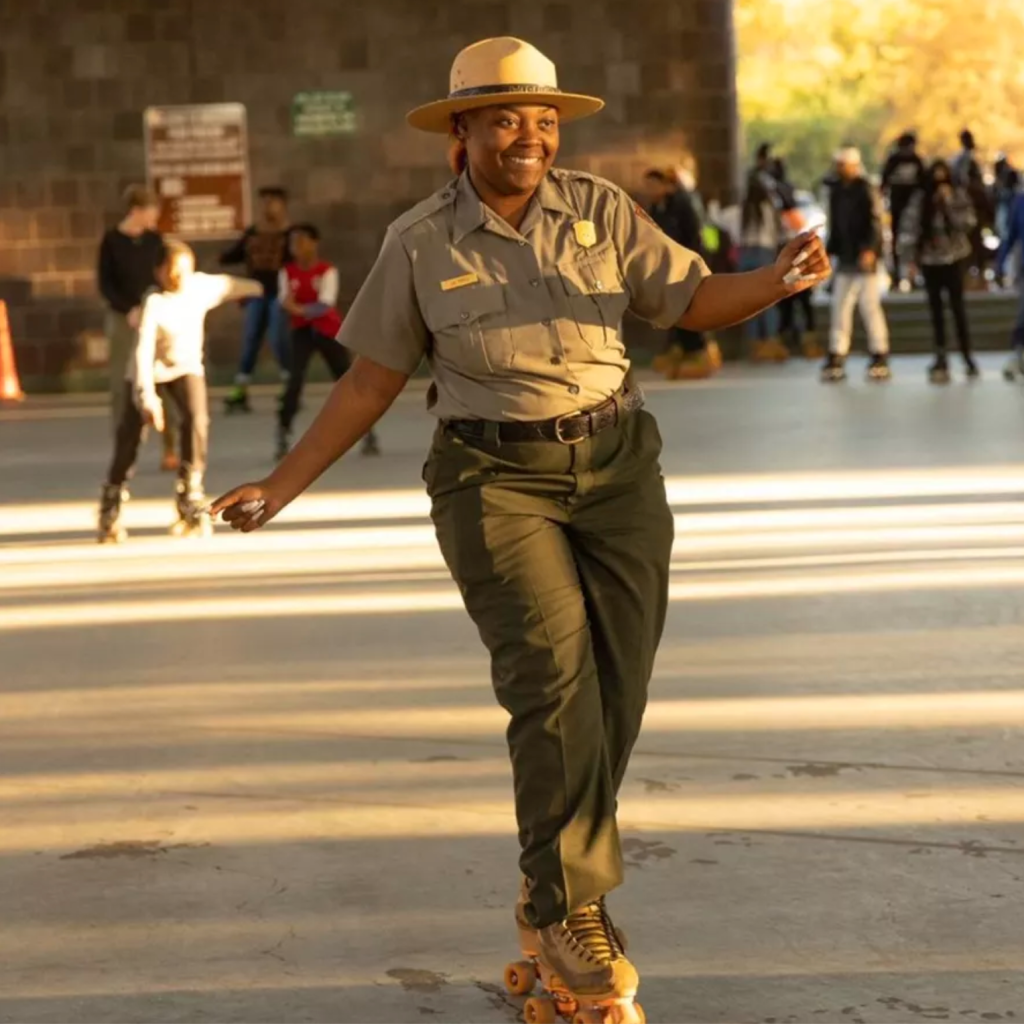It’s time for the annual National Parks Club! Find out information about participating shops, Vacay Bingo, the KAL, and more here.
Where is it located?
Montezuma Castle NM is pretty much smack-dab in the center of Arizona.
Whose land does it reside upon?
The Sinagua were the group of people who lived in the dwellings at Montezuma Castle and Tuzigoot. Although people were living in the area much earlier, the Sinagua began building permanent living structures – the dwellings you see at the monument – around 1050 CE.
There are many possible reasons the Sinagua chose to build their homes in the cliffs. At Montezuma Castle, the cliff faces south, so the dwellings are warm in the winter and cool in the summer. The high location also protected them from damage caused by the annual flooding of Beaver Creek. The dwellings may also have been built high up for protection or to help the Sinagua view approaching travelers. More than likely, the cliff dwellings served all these functions and more, much like our houses today.
Despite being called a castle, the dwelling at Montezuma Castle is actually a collection of 20 rooms originally belonging to multiple families, similar to a modern-day apartment building. Other apartment-style buildings called pueblos, like those found at Montezuma Well and Tuzigoot also had multiple rooms and were built with local materials. But unlike Montezuma Castle, these pueblos are free-standing and have large common areas for gatherings. The Sinagua lived in pueblos and cliff dwellings until around 1400 CE.
When was it established?
December 8, 1906
About this park:
Montezuma Castle National Monument protects a set of well-preserved dwellings located in Camp Verde, Arizona, which were built and used by the Sinagua people, a pre-Columbian culture closely related to the Hohokam and other indigenous peoples of the southwestern United States, between approximately AD 1100 and 1425.
This 20 room high-rise apartment, nestled into a towering limestone cliff, tells a story of ingenuity, survival and ultimately, prosperity in an unforgiving desert landscape.
Montezuma Well, another feature at the park, is a limestone sinkhole, continuously fed with water from an underground spring. Water that falls from rain or snow on the nearby Mogollon Rim trickles down through the rock until it reaches the spring. The pressure from the vent then pushes the water up to the surface. The water takes as long as 10,000 years to travel from the Rim to the Well!
Montezuma Well is a near constant aquatic environment. The Well formed when the limestone collapsed sometime between 12 and 15 thousand years ago. Water is fed into the Well through several vents at the bottom, and exits the Well through a swallet and cave system, with the outlet draining into a prehistoric irrigation canal. Both the water level and temperature are nearly constant throughout the year, and the well has such extreme chemical conditions that no fish can survive, and the organisms that do live in the water have had to adapt in order to survive.
Why did we choose these colors?
We used images of the deeps in Montezuma Well to inspire our colorway.
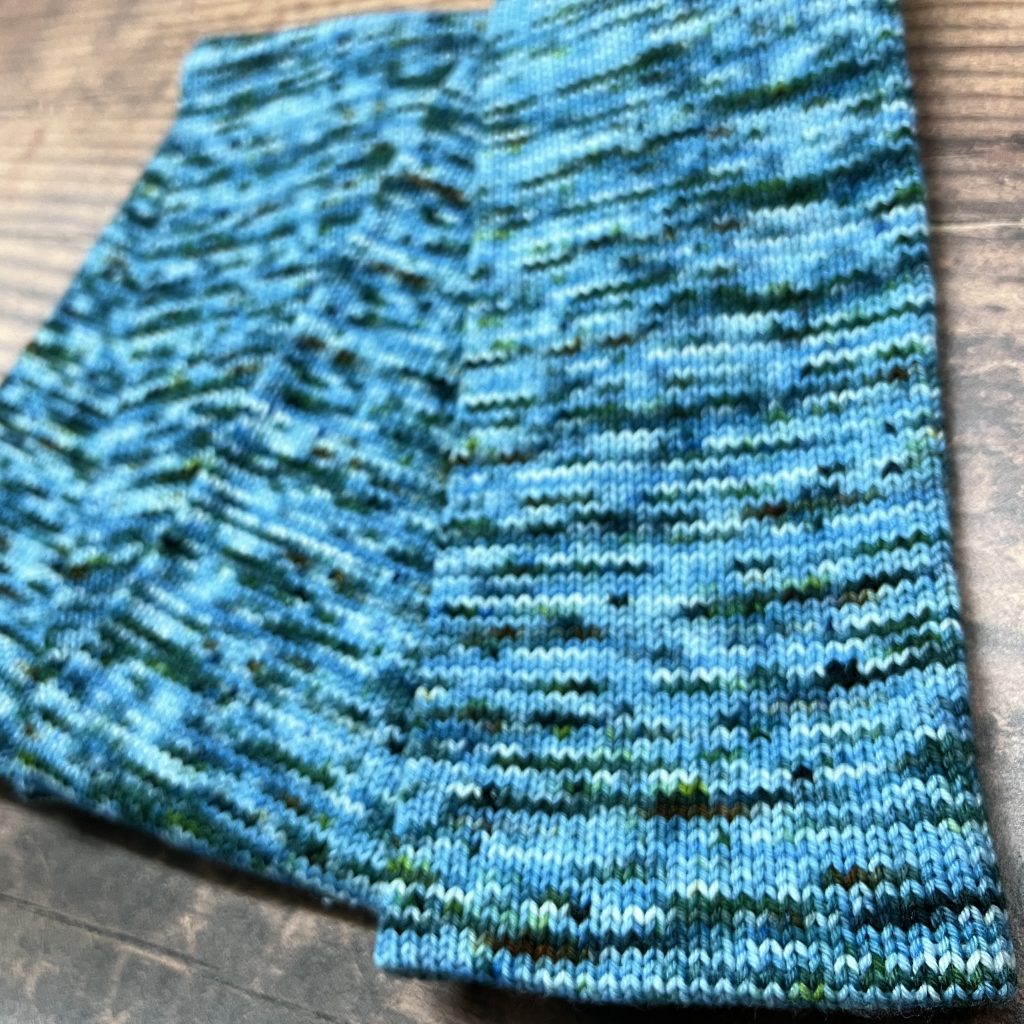

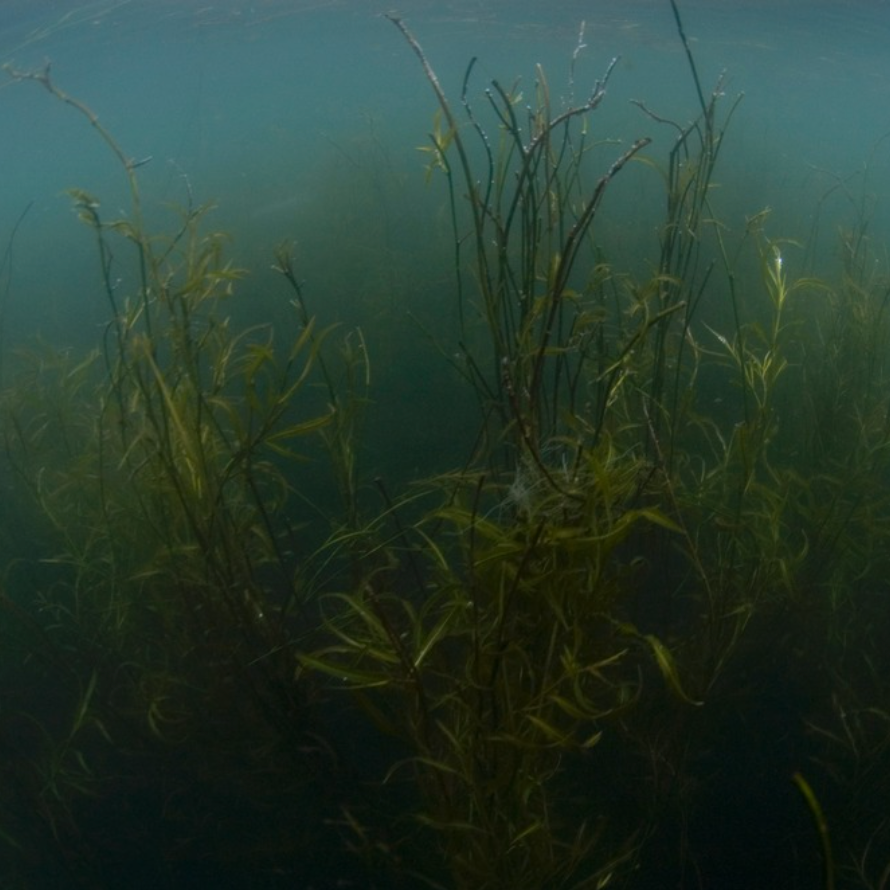


For more information:
NPS website: nps.gov/moca/index.htm
Instagram: https://www.instagram.com/MontezumaNPS/
Facebook: https://www.facebook.com/MontezumaNPS


